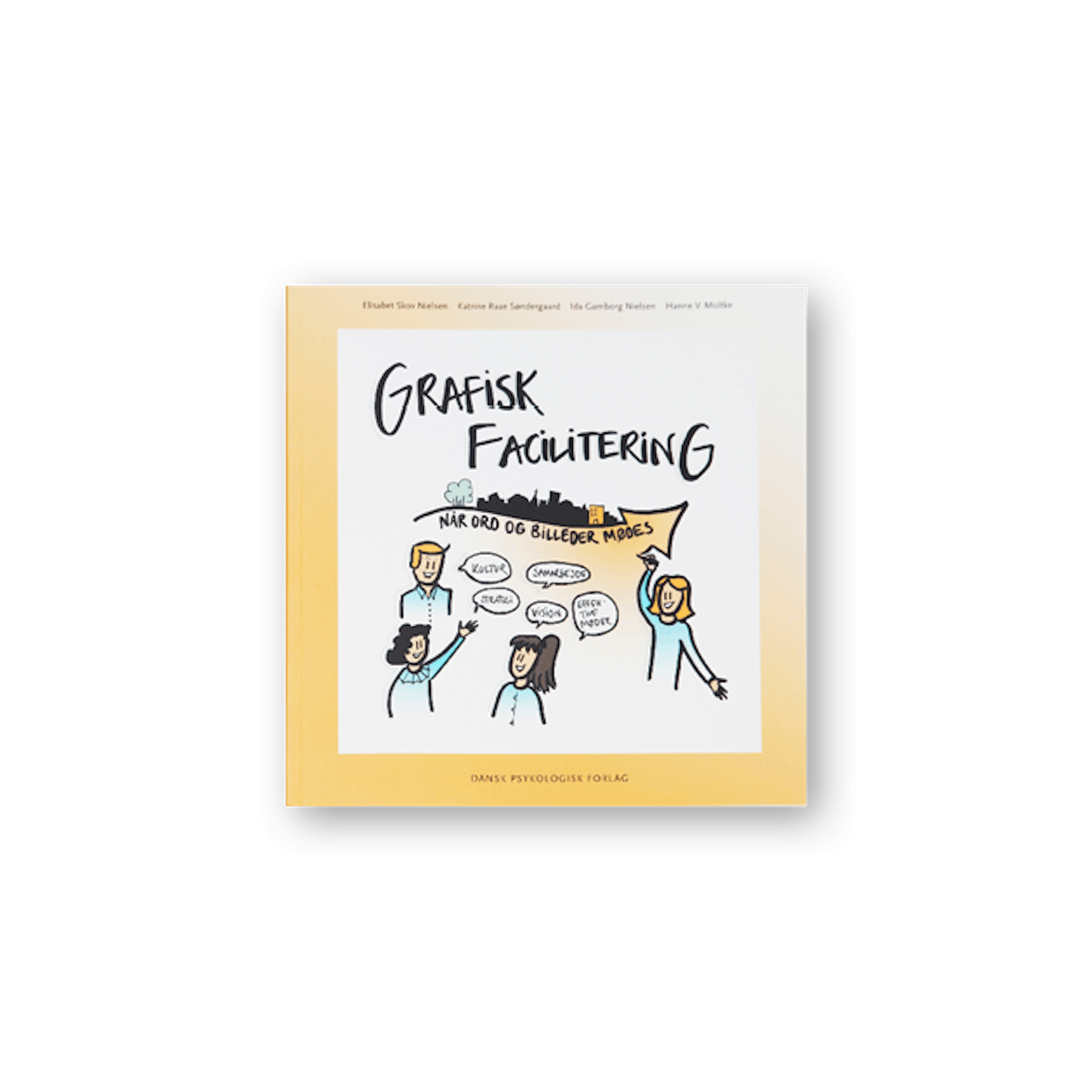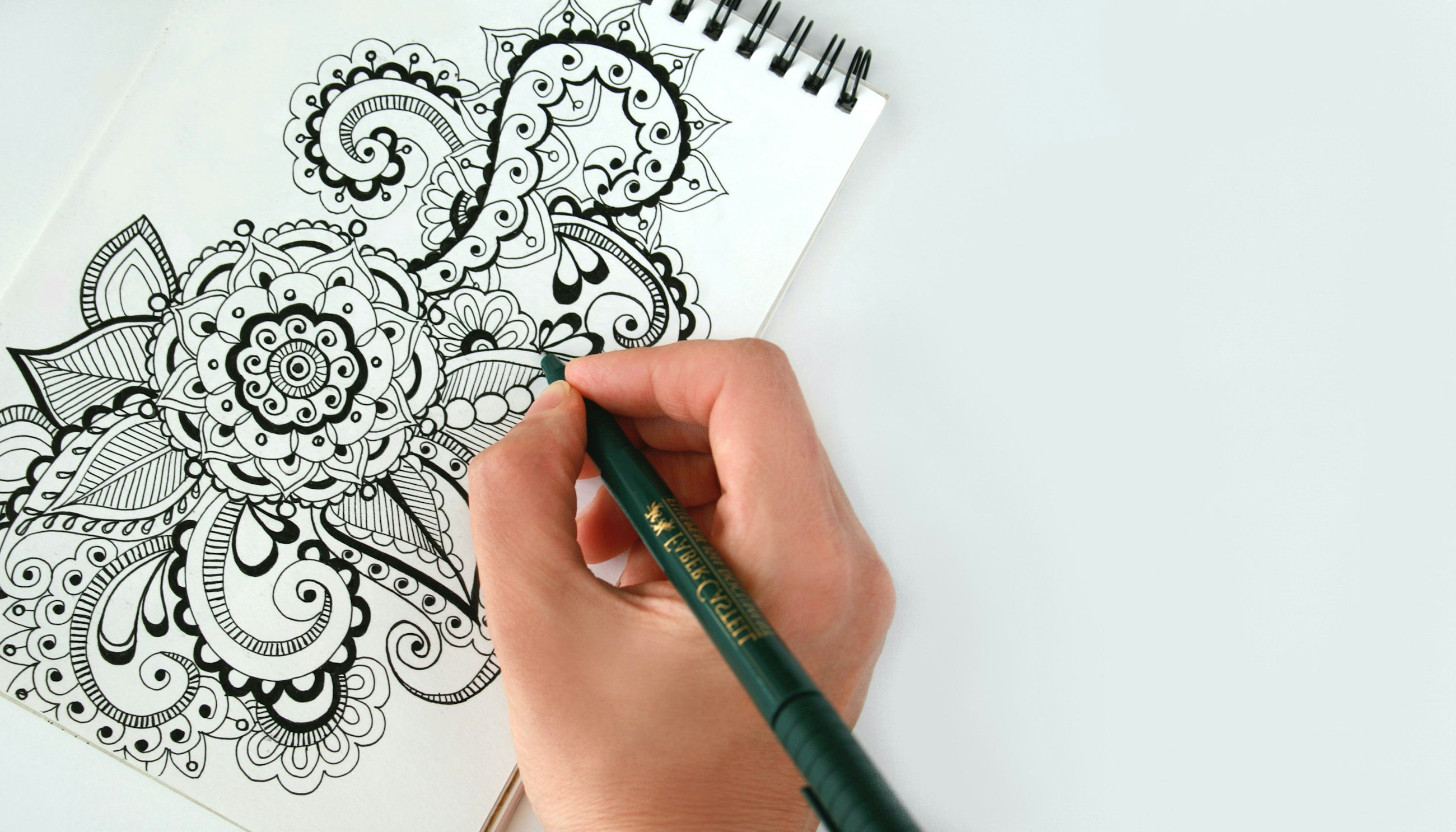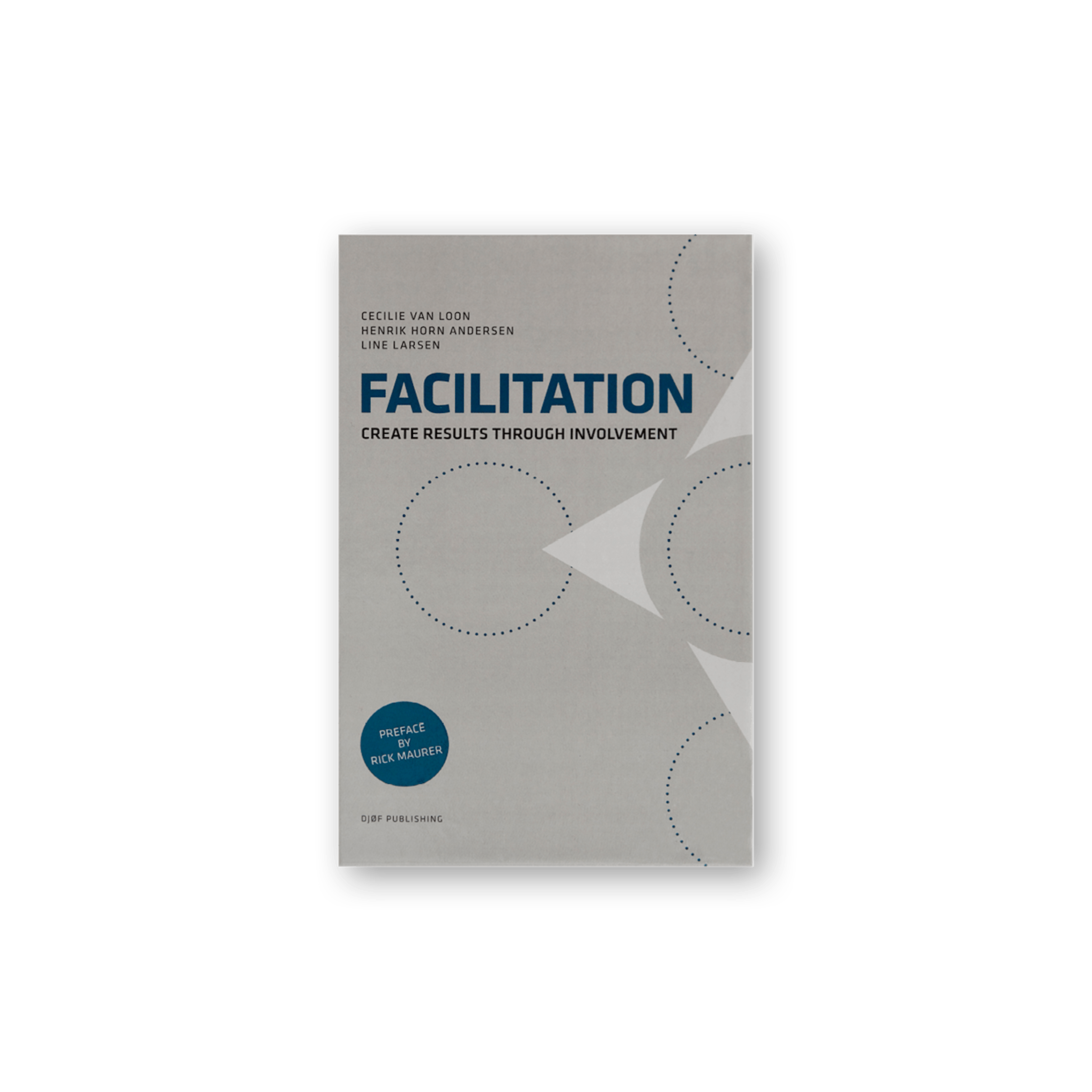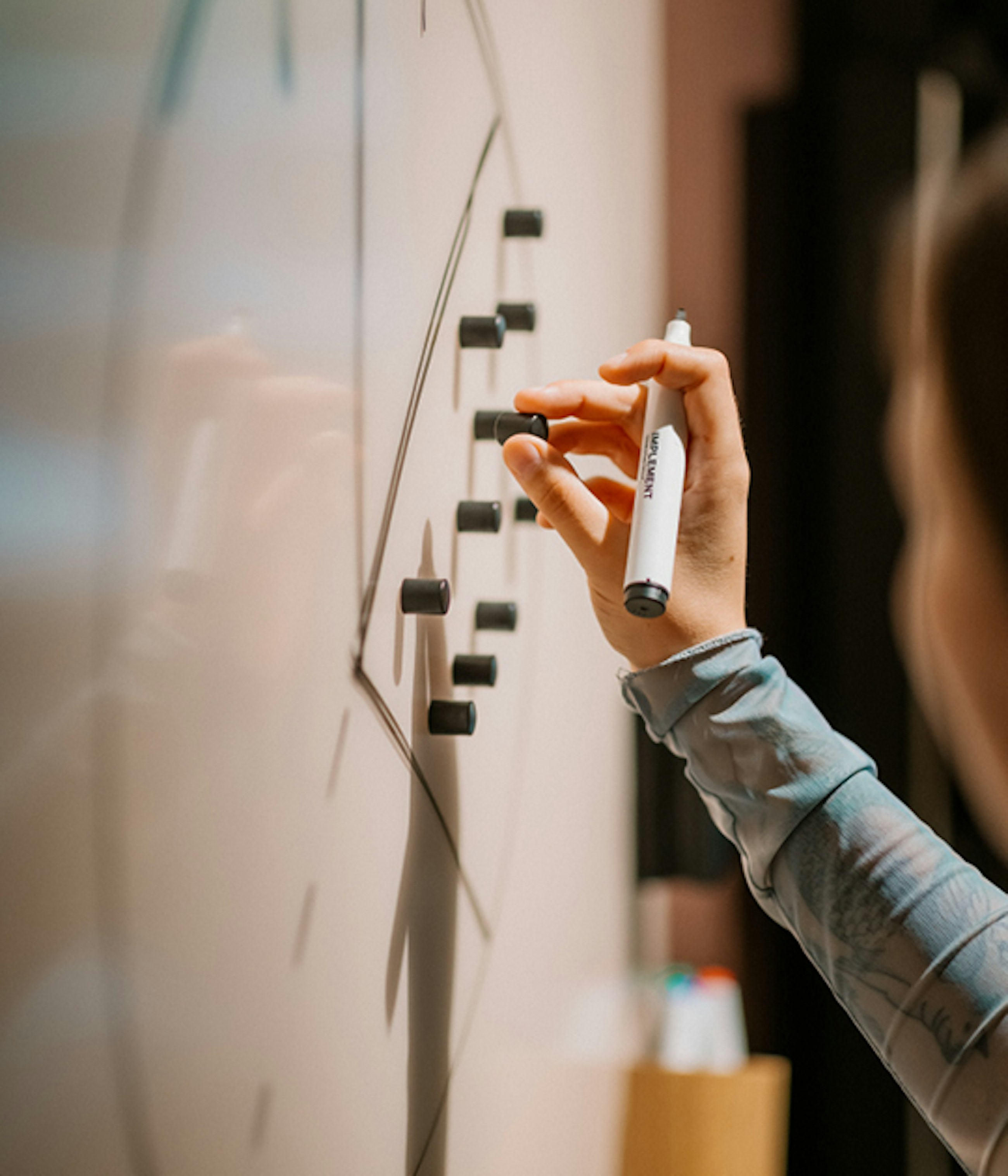When words and images come together
This book is only available in Danish.
12 October 2016
Graphic facilitation or visual facilitation is an exploding field all over the world, and it has become common to communicate visually.
The development of the technology and the internet constantly offers new opportunities within the communication world, imposing new demands on the use of visual language.
The combination of images and words provides effective types of communication, for which there is an increasing need due to increased complexity in our high-tech society. With the use of tablets, digital cameras and a growing number of drawing apps on a popular rise, it has become a part of our everyday life to communicate visually.
Why is it important to combine words with images?
The Danish book Grafisk facilitering (graphic facilitation) focuses on the combination of images and words and deals with the communication tool of the same name and how to use it in facilitation in an organisational context.
The book defines what graphic facilitation is, why we should use it, and not least how to use it. The book deals with theory and research on the structure and function of the human brain as well as learning and memory in connection with pairing words and images, and it guides the reader through the development of the visual language, from cave paintings to modern society’s emojis.
The book includes drawing basics and gives good advice on how to use visual-based tools in different processes. Furthermore, it also shows how to combine drawing practice in graphic facilitation with involvement and interaction.
Who should read it?
Graphic facilitation can support different processes such as project management, holding of meetings, interview practice, training and organisational development processes. The book is ideal for consultants, trainers, team and department managers as well as everybody who is interested in using graphic facilitation as a tool in own practice.




